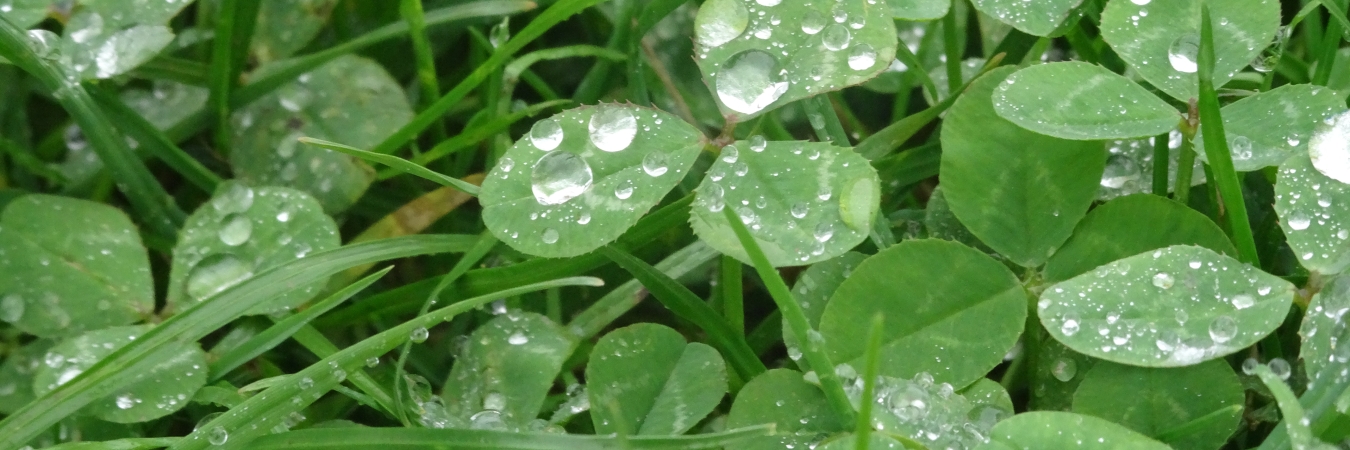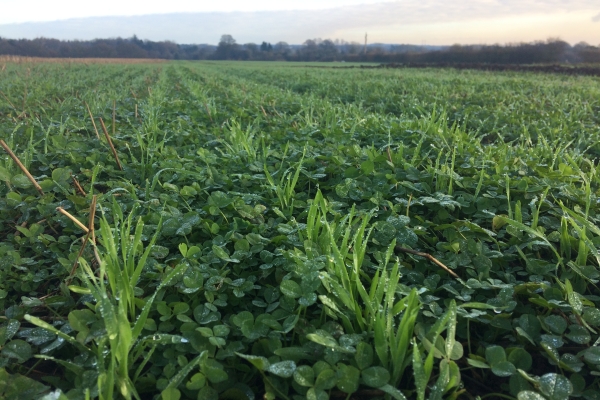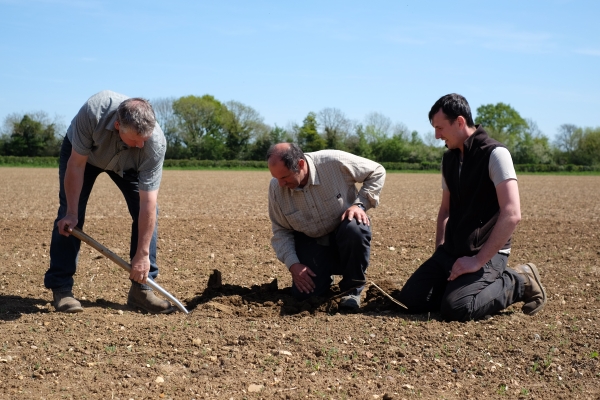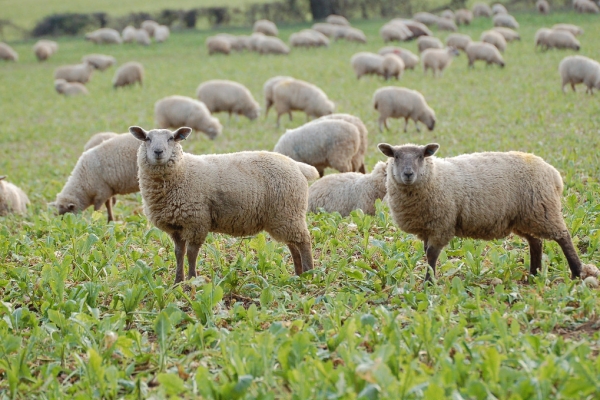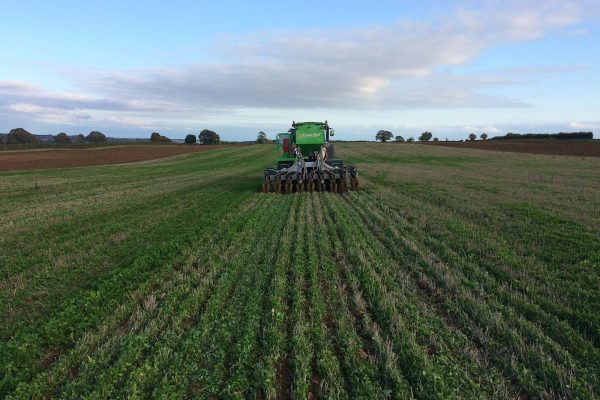No-till with living mulches – the holy grail for arable?
Northern Real Farming Conference 2021
Resource explained
No-tillage arable farming is of interest to organic farmers because of its potential to reduce cultivations whilst providing weed control, fertility and soil health. It also appeals to regenerative farmers who want to reduce inputs of artificial fertilisers and chemicals. This webinar (part of the 2021 Northern Real Farming Conference and hosted by the Soil Association) explores growing a low growing permanent cover crop such as small white clover to help shade out weeds and provide fertility for the rotation. It focuses on on-going farm trials looking at the potential of no-till with living mulches that involve a group of organic and conventional farmers. It features Stuart Mitchell, organic beef, deer and arable farmer in the Scottish Borders who is trying out the technique as part of the trials, Jerry Alford, Soil Association arable and soils advisor (and part of Innovative Farmers), and Harry Henderson, AHDB Knowledge Exchange Manager, who mainly talks about potential machinery that could be used to help with mowing and weed control.
Findings & recommendations
- Cover crops / green manures have always been part of organic arable systems (generally ploughed in to provide fertility for the rotation) but are now commonly used conventionally as part of regenerative farming systems… Adopting organic no-till requires termination of the cover crop, which is difficult for organic farmers who cannot use chemicals.
- Jerry Alford describes the aims behind the living mulch trials and different management options available for farmers, along with potential benefits. First year trial results have revealed mulch does reduce weed germination – with a significant decrease in annual weeds, but an increase in perennial weeds. Living mulch can cause a reduction in yield, however there are un-costed benefits which should be considered i.e. improved soil health, and increase in soil organic matter and above and below ground biodiversity.
- Harry Henderson sets the scenario of having a well established clover-based living mulch and a well-established spring cereal, and the clover crop overrunning the cereal crop – he looks at the potential of interrrow mowing clover, allowing wheat to develop a canopy above the clover and out compete it. He also looks at crimping rather than mowing, and using an electric weeder.
- Stuart Mitchell explains that he is in the second year of organic conversion and is trying to get at least 3 cereals crops then grass into an 8-year rotation using reduce tillage, with ploughing just once in each rotation – to reduce time, money and fuel, whilst increasing diversity of crops, and having protective ground cover which improves soil structure. He highlights questions he is hoping to address i.e. whether it is possible to get straw dry enough to bale it when there is a living mulch underneath.
